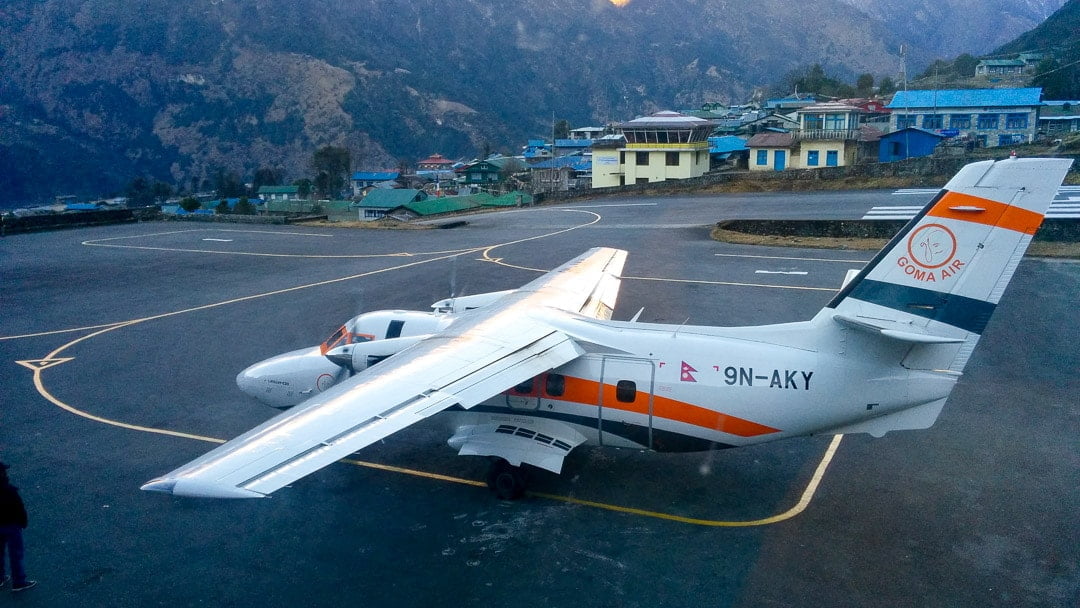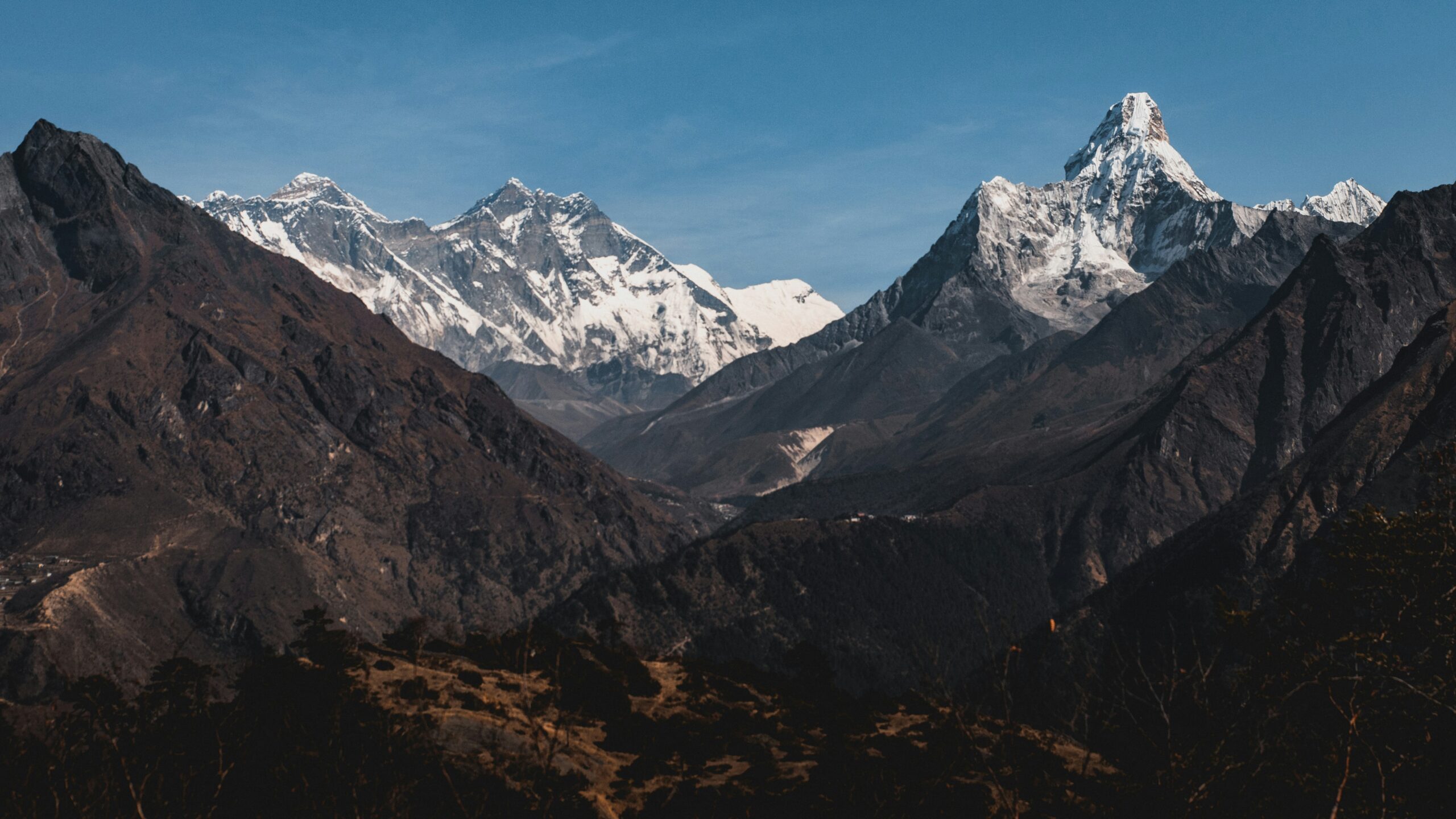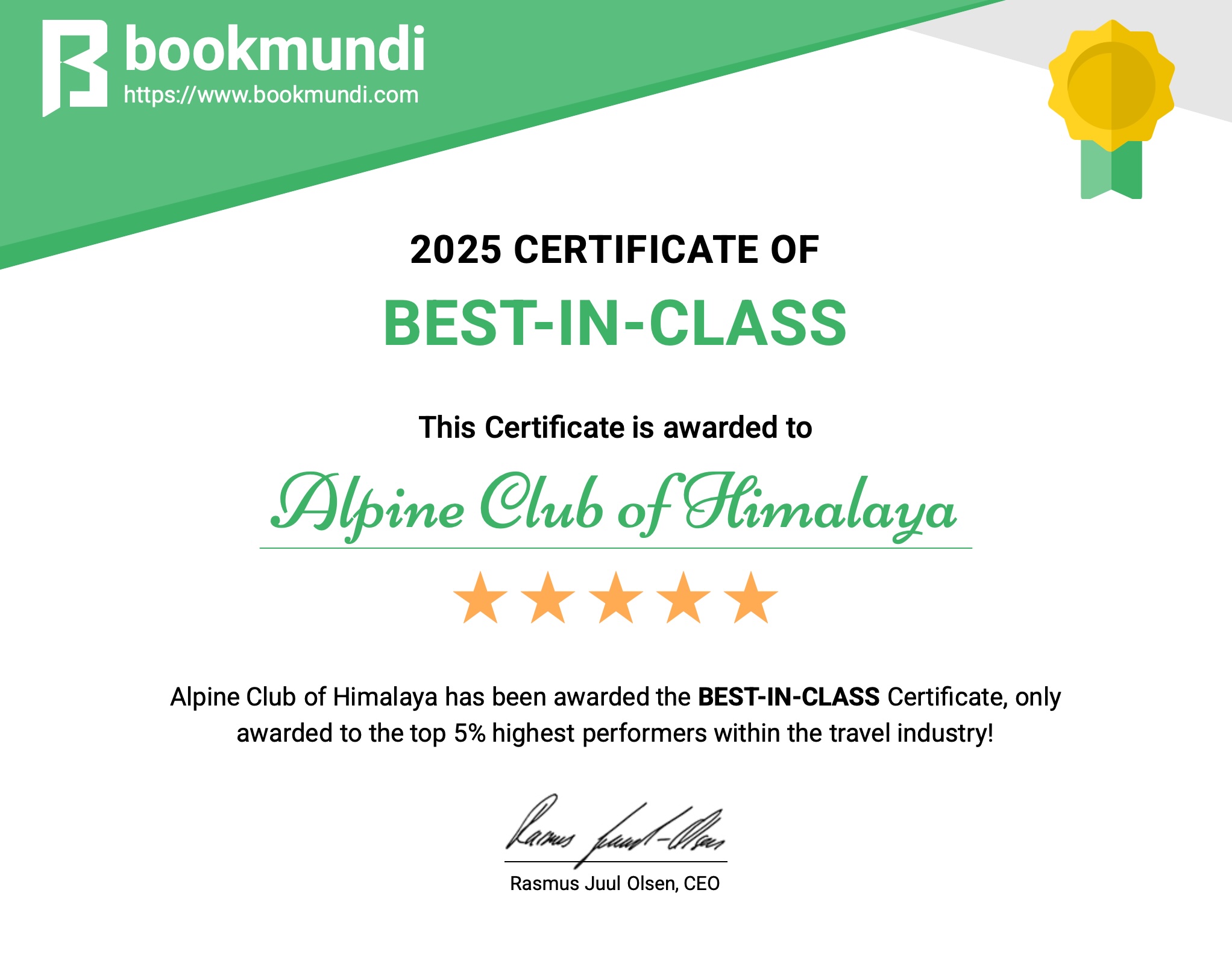The unique and exciting package offers to experience richness and the depth of the traditions that is deep-rooted in its cultural and historical heritage of the three Asian countries Nepal, Tibet, and India in a single tour. The Nepal, Tibet, and India tour start from Delhi, the capital city of this massive country India and after feeling the soft romanticism at Agra and the fierce magnificence of Jaipur in the Rajasthan desert, we fly to Nepal, the land of the world’s highest peak Mount Everest, where after a one day tour in Kathamndu, we head towards Pokhara for two days trek to the viewpoint of Poon Hill for the spectacular Himalayan panorama extending from Dhaulagiri to Annapurna to Machhapuchhre; that stretches from Dhaulagiri I (8167m) and Tukuche (6920m) to Nilgiri (6940m), Annapurna South, Annapurna I (8091m), Hiunchuli (6441m) and Tarke Kang (7193m) and for the hike up to Sarangkot viewpoint to witness nature’s ethereal light show as the sun rises over the Annapurna range.
En route back to Kathmandu, we stop at Chitwan National Park to spot one-horned rhinos, deer, monkeys, leopards, wild elephants, royal Bengal tiger, and 450 species of birds. From Kathmandu, we drive north to a border town of Zhangmu from where after completing the immigration formalities we enter a magical country of Potala Palace said to be the roof of the world. Overall, the tour includes everything from tours and treks, Lakes and beaches, wildlife and the mighty Himalayas; rural villages and supreme cities, monasteries and mantras, forts and palaces; magic and mystery; temples, and caves.
Important Note :
Your safety is of paramount importance to us at the Alpine Club of Himalaya. We have the absolute authority to cancel the trip or change the itinerary, when deemed necessary or when we have reason to believe your safety is at stake. Weather conditions, the health condition of a group member, natural disasters, and such, can contribute to changes in the itinerary when traveling in remote mountainous regions. In these extreme situations, we kindly request that you offer your full co-operation to the trusted leader of the group appointed by Alpine Club of Himalaya. However, we assure you that we will make every effort to keep to the above itinerary.














Write a Review